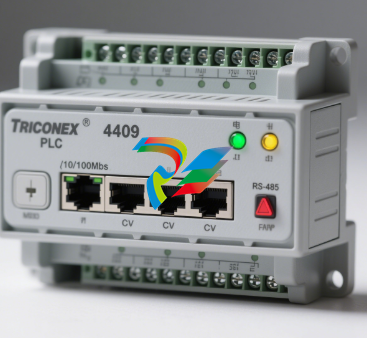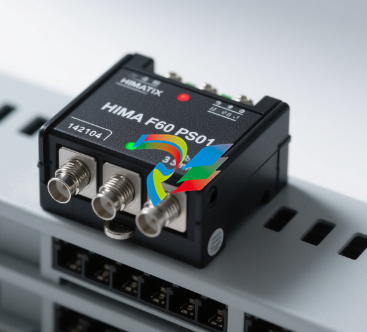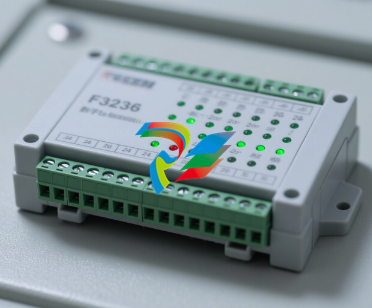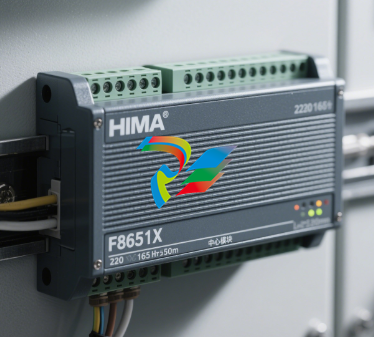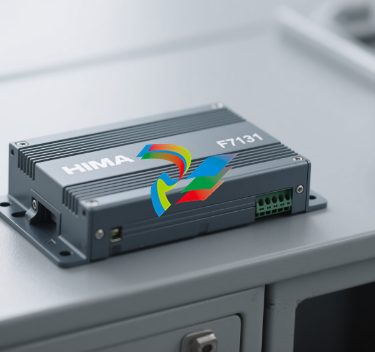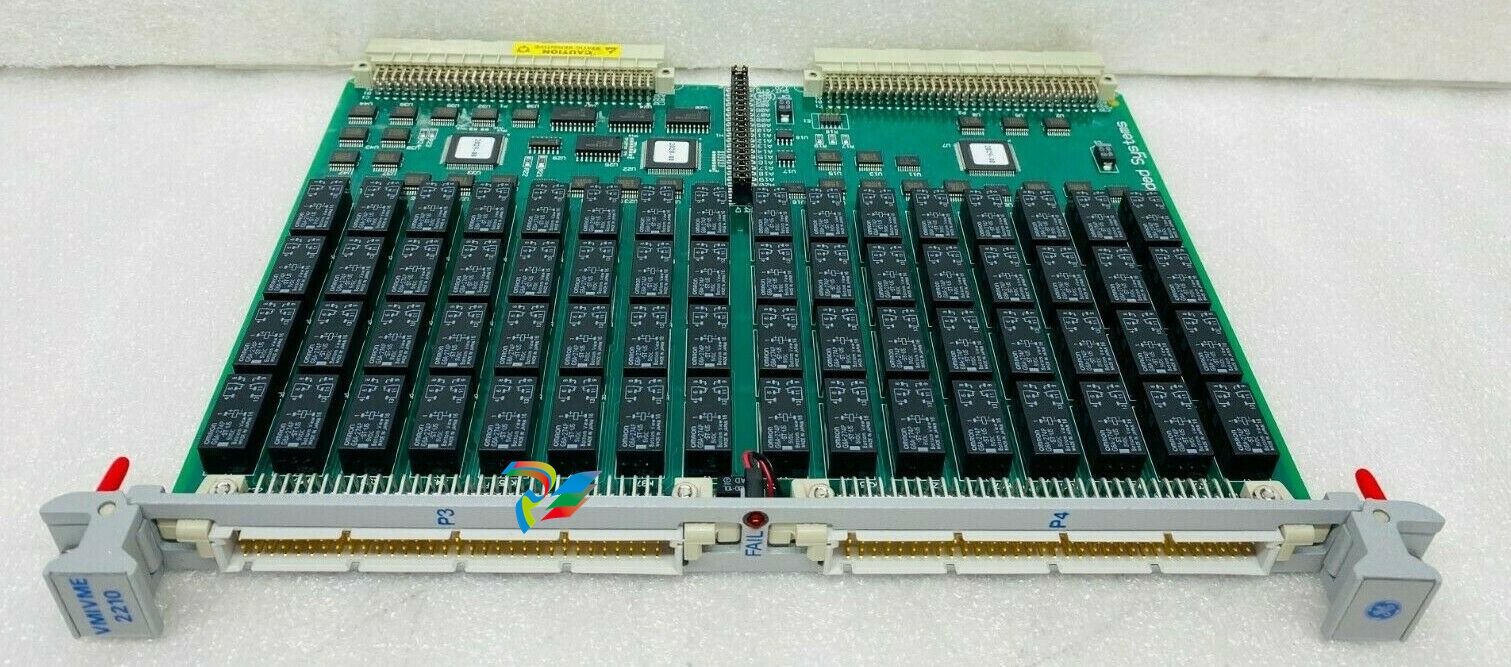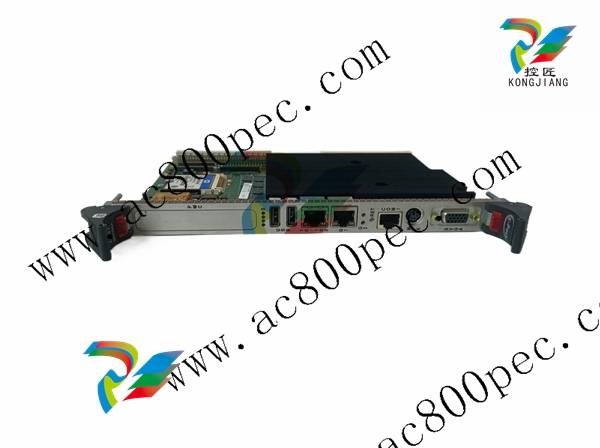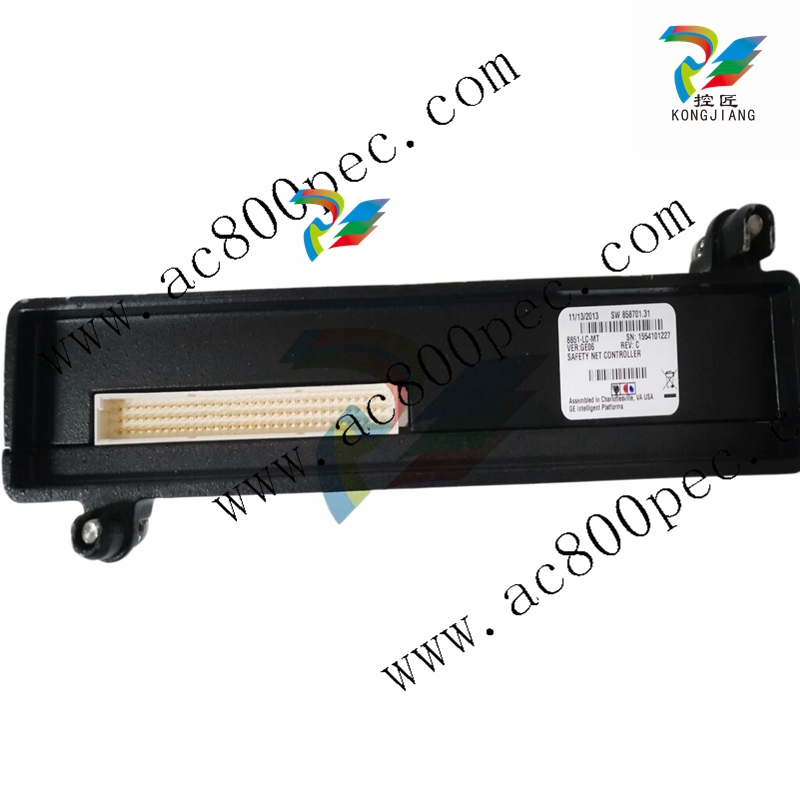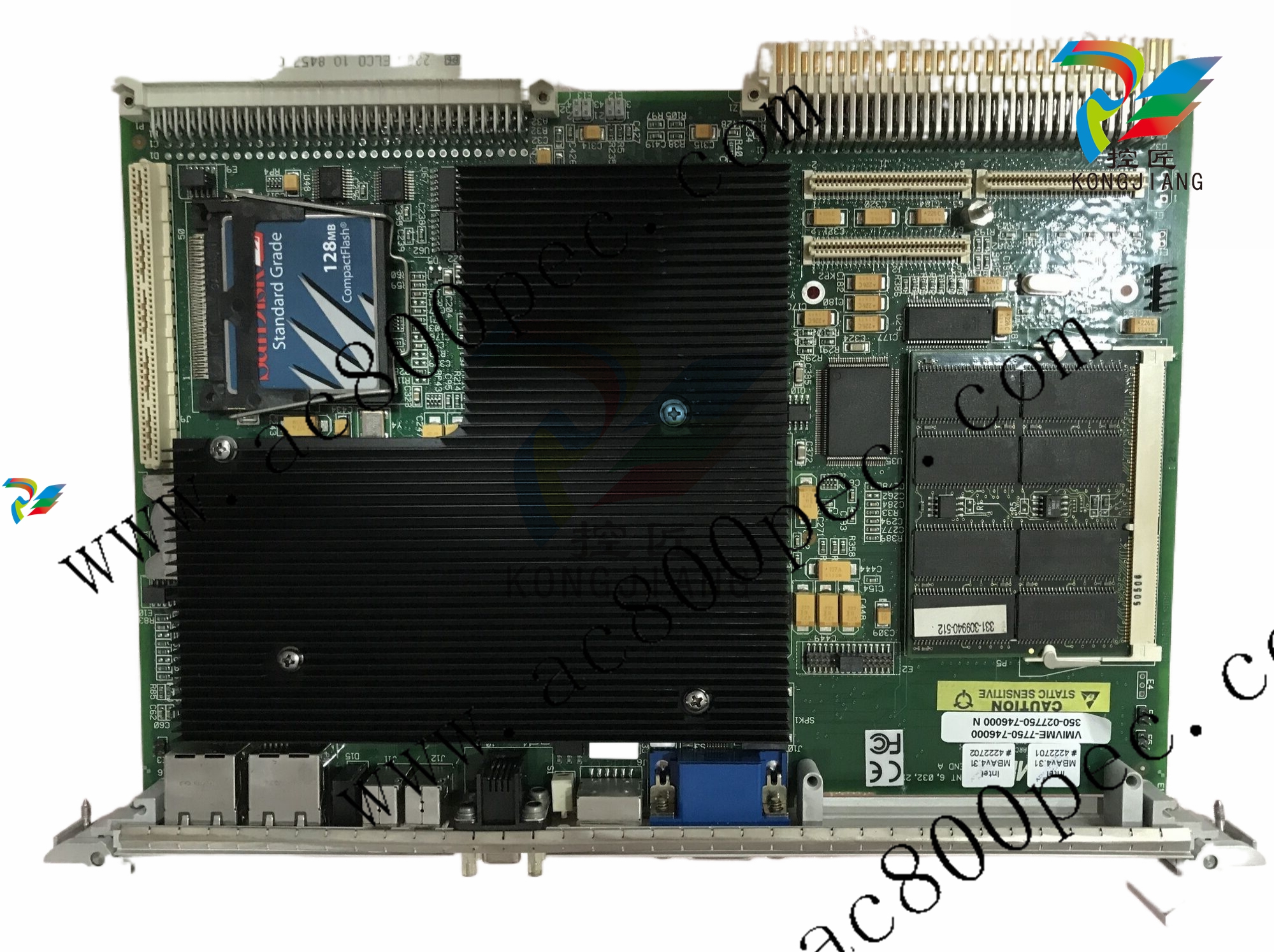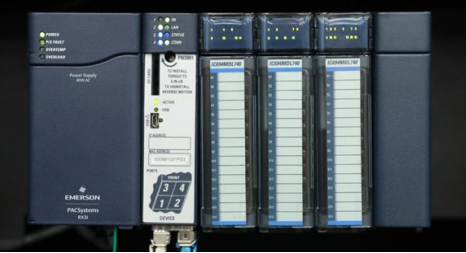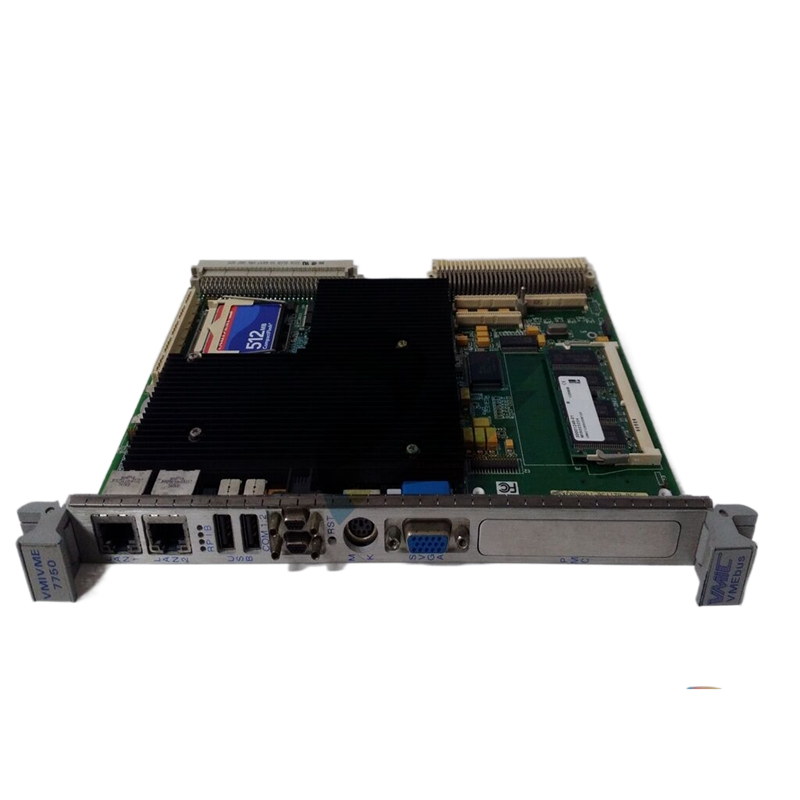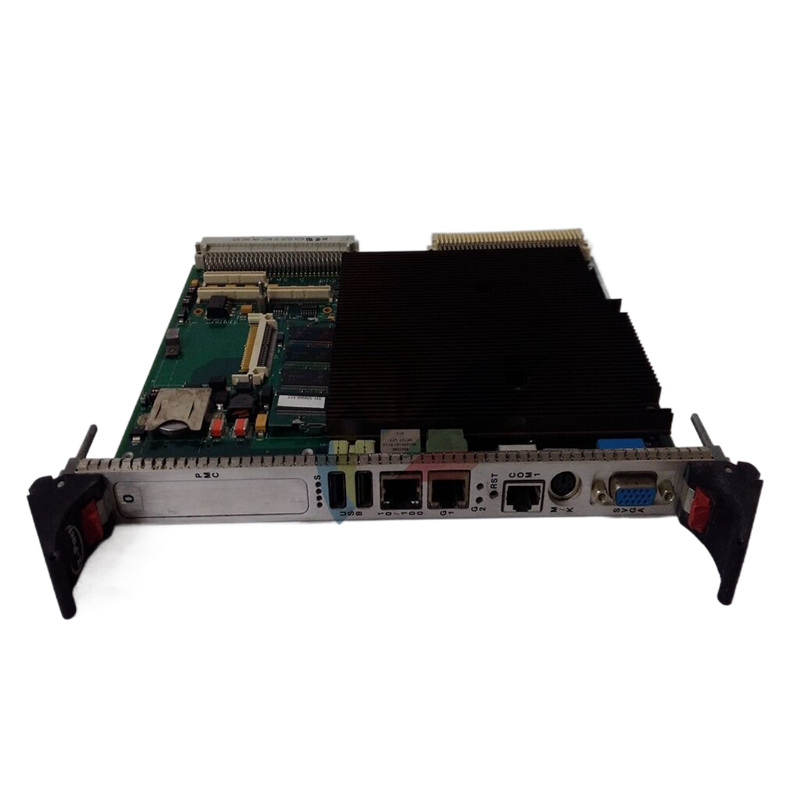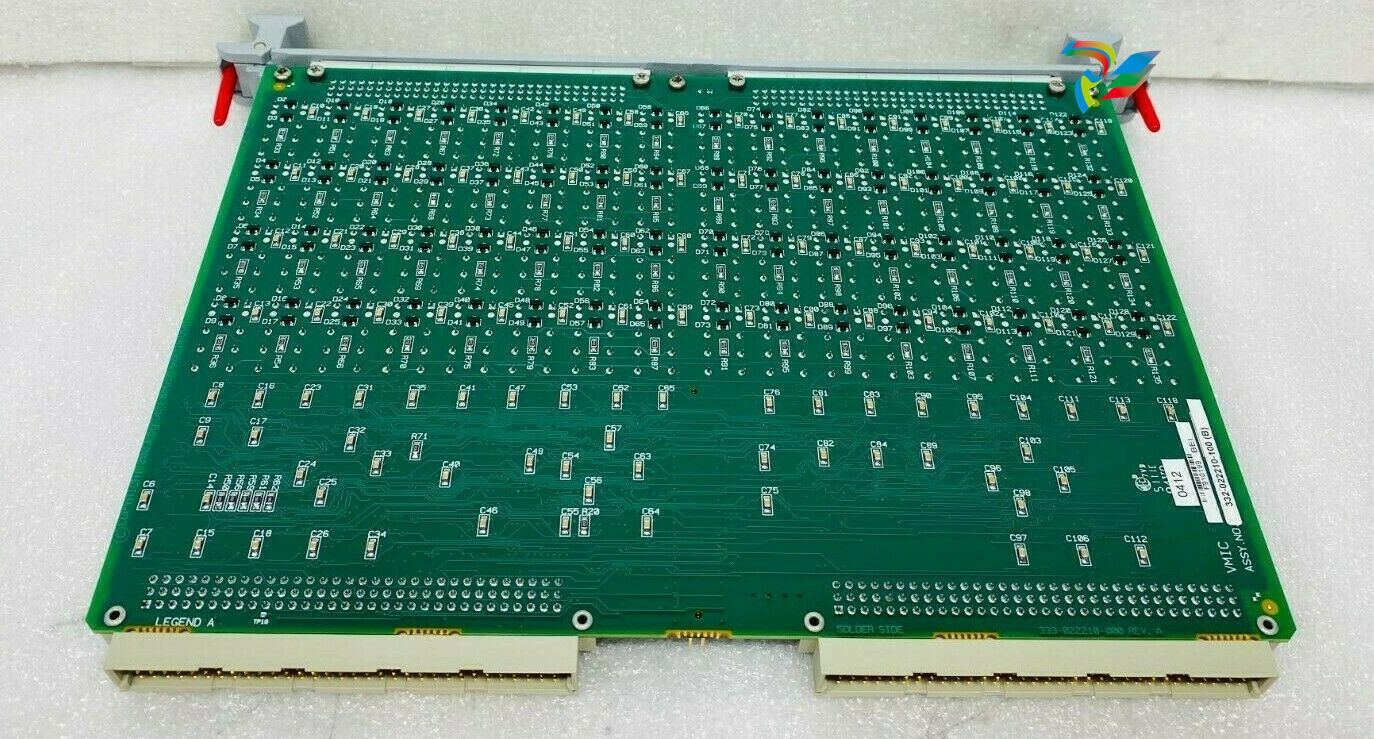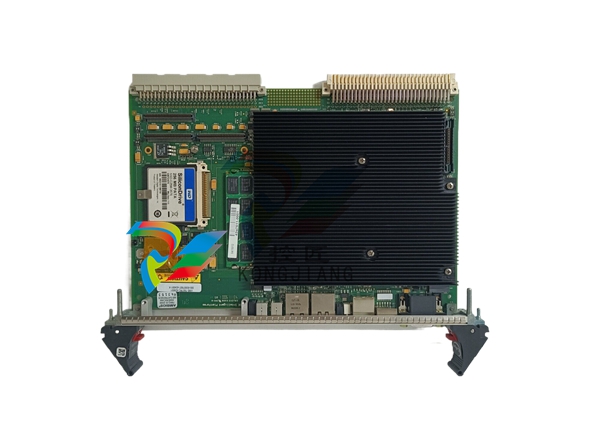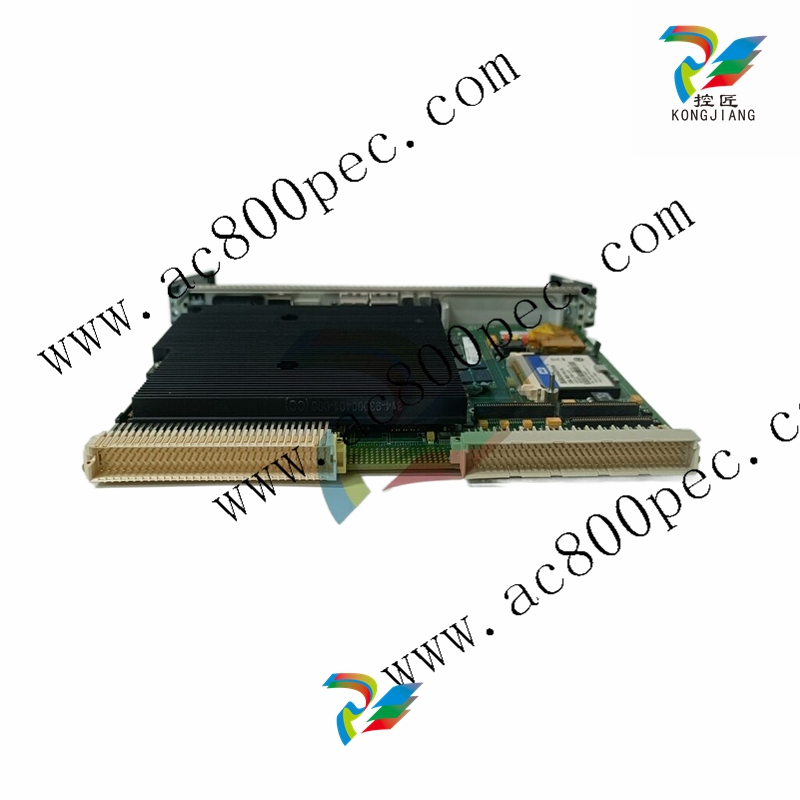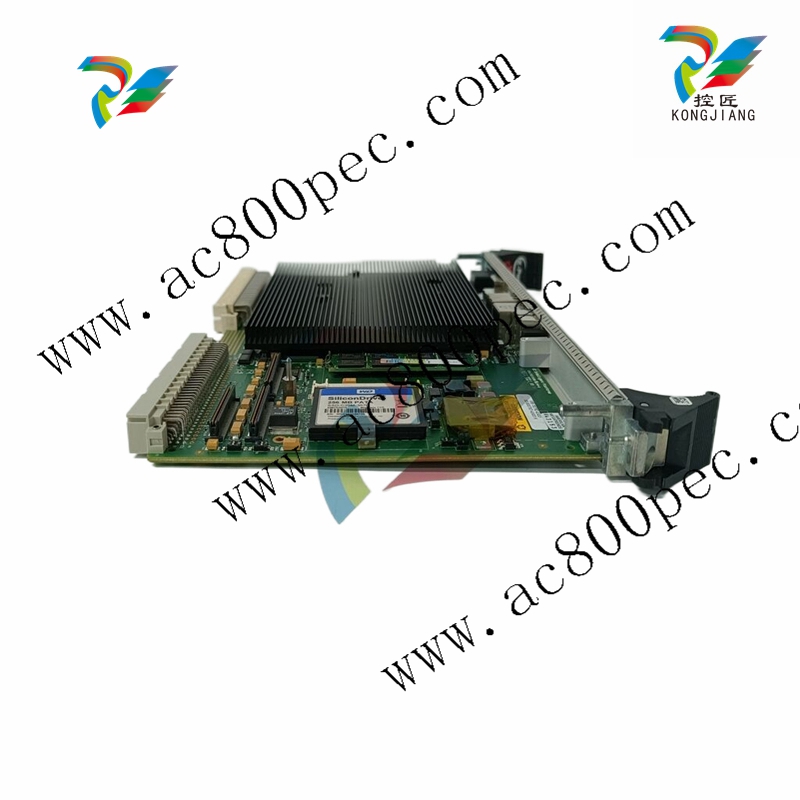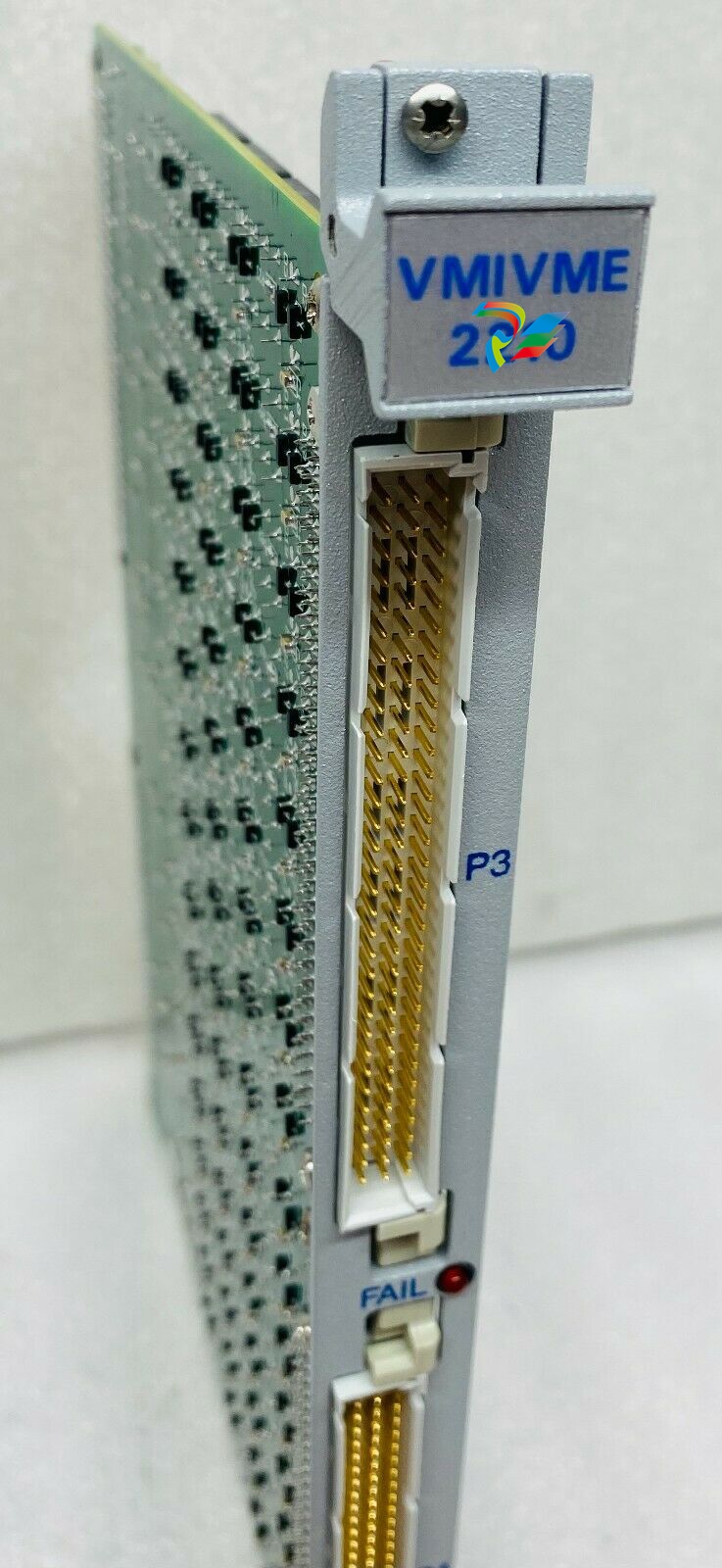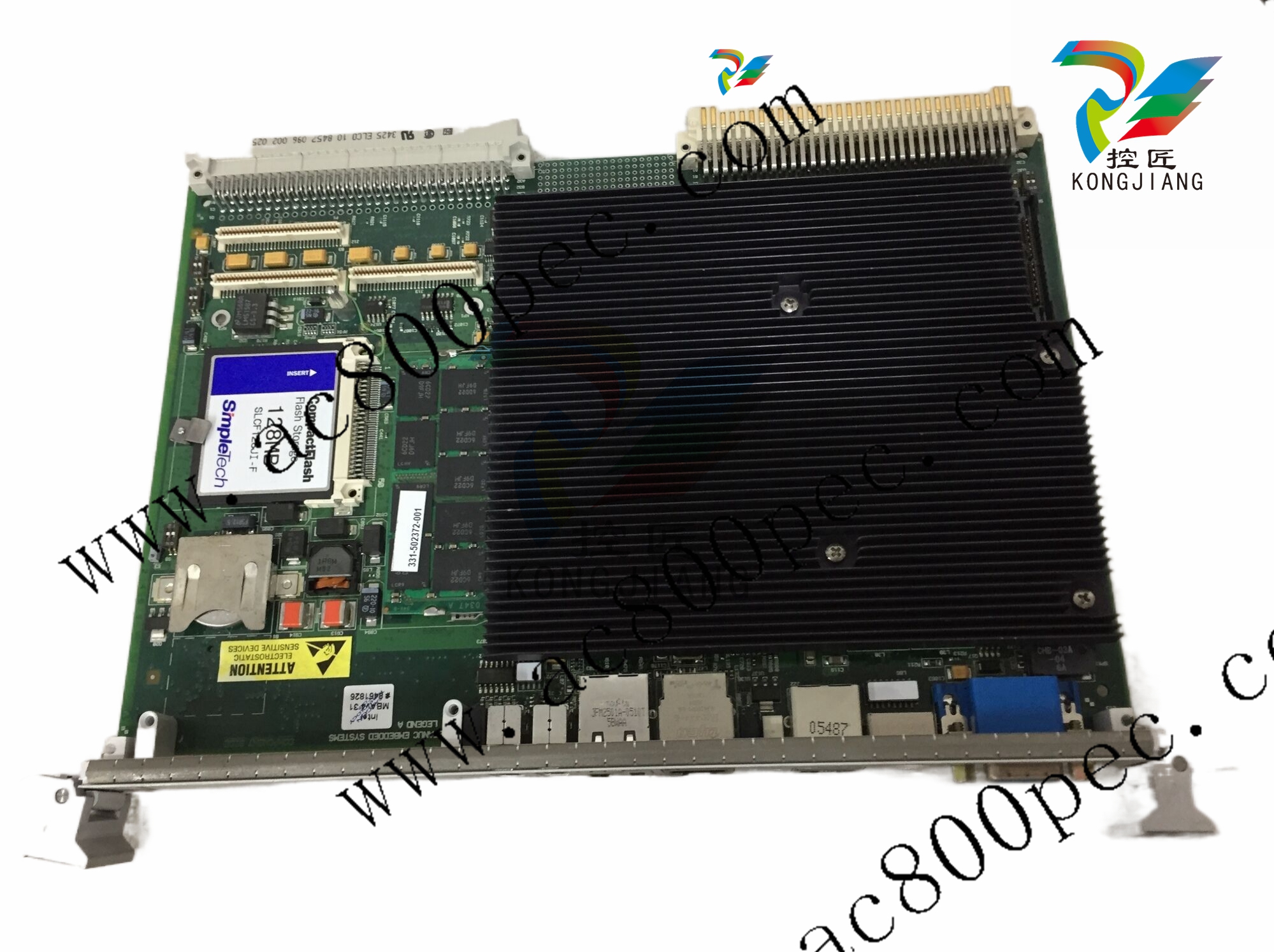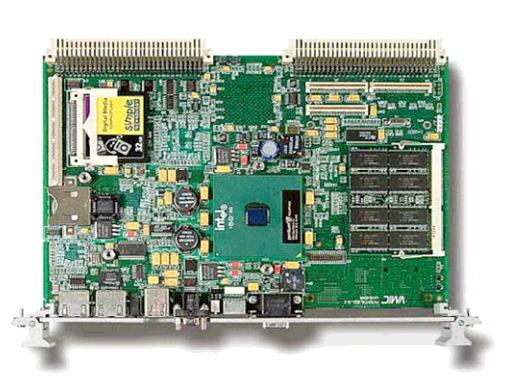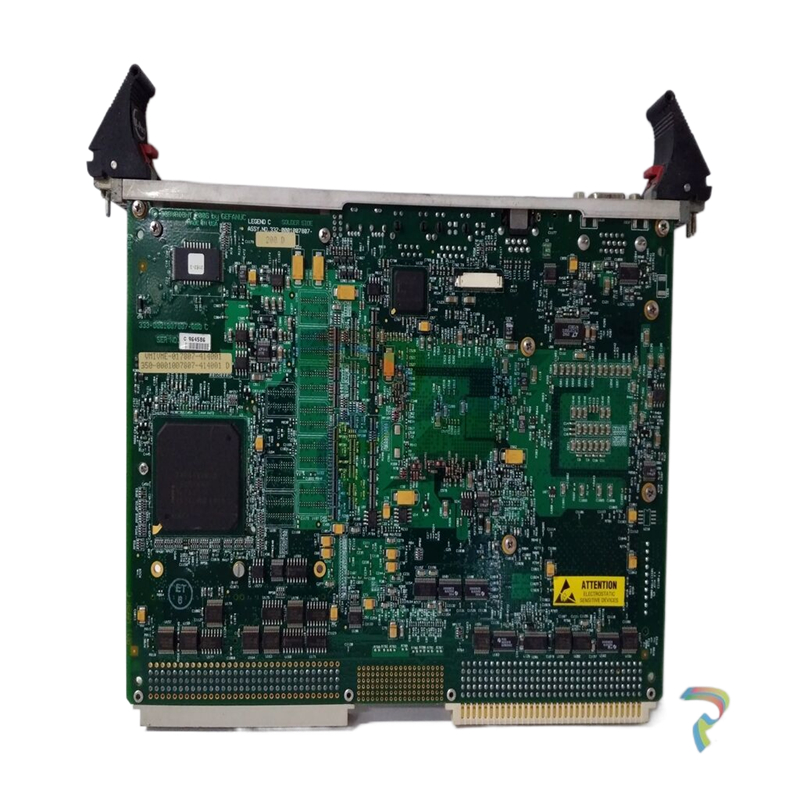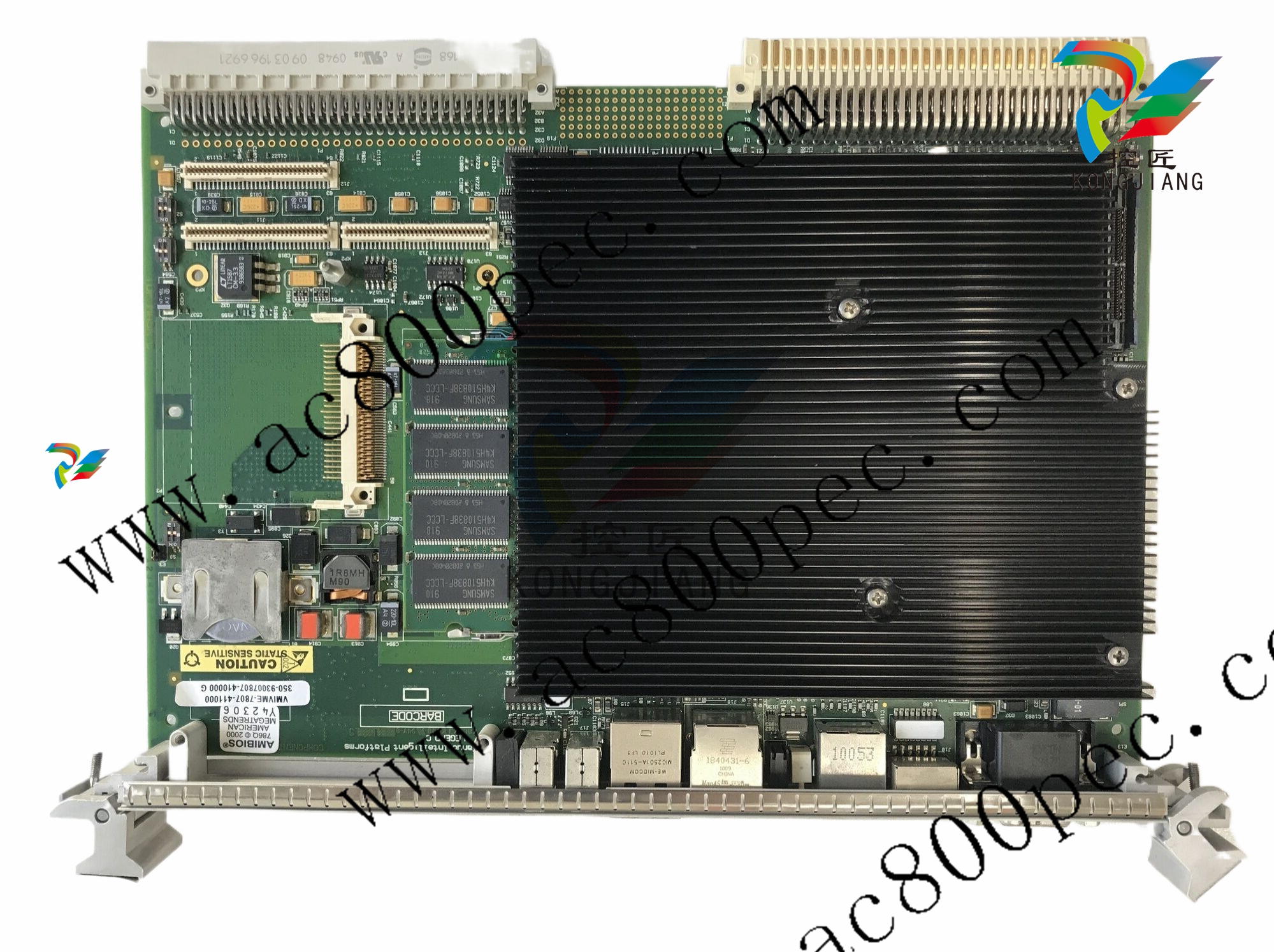
galilmcEthernet/RS232 Accelera Series, 1–8 axes
Product Description
The DMC-40x0 motion controller is Galil’s highest
performance, stand-alone motion controller. It
belongs to Galil’s latest generation motion controller
family: the Accelera Series, which accepts encoder
inputs up to 22 MHz, provides servo update rates
as high as 32 kHz, and processes commands in as fast
as 40 microseconds—10 times the speed of prior
generation controllers.
The DMC-40x0 is a fullfeatured motion controller
packaged with optional
multi-axis drives in a compact,metal enclosure.The
unit operates stand-alone
or interfaces to a PC with
Ethernet 10/100Base-T
or RS232.The controller
includes optically isolated
I/O, high-power outputs capable of driving brakes or
relays, and analog inputs for interfacing to analog
sensors.The DMC-40x0 controller and drive unit accepts
power from a single 20–80 VDC source.
The DMC-40x0 is available in one through eight axis
formats, and each axis is user-configurable for stepper
or servo motor operation. Standard programming
features include PID compensation with velocity and
acceleration feedforward, multitasking for simultaneously running up to eight programs, and I/O processing
commands for synchronizing motion with external
events. Modes of motion include point-to-point positioning, position tracking, jogging, linear and circular
interpolation,contouring, electronic gearing and ECAM.
Like all Galil controllers, the DMC-40x0 controllers use
Galil’s popular, English-like command language, which
makes them very easy to program. Galil’s WSDK servo
design software further simplifies system set-up with
“one-button” servo tuning and real-time display of
position and velocity informatio
Features
■ Packaged controller in 1 through 8 axis versions:
DMC-40x0 where x=1,2,3,4,5,6,7,8 axes
■ (1) 10/100BASE-T Ethernet port
(2) RS232 ports up to 115 kbaud
■ User-configurable for stepper or servo motors on any
combination of axes. Optional sinusoidal commutation
for brushless servo motors.
■ Accepts up to 22 MHz encoder frequencies for servos.
Outputs pulses up to6 MHz for steppers
■ PID compensation with velocity and acceleration feedforward, integration limits, notch filter and low-pass filter
■ Modes of motion include jogging, point-to-point positioning, contouring, linear and circular interpolation, electronic
gearing and ECAM. Features ellipse scaling, slow-down
around corners, infinite segment feed and feedrate override
■ Over 200 English-like commands including conditional
statements and event triggers
■ Non-volatile memory for programs,variables and arrays.
Multitasking for concurrent execution of up toeight
programs
■ Optically isolated home input and forward and reverse
limits for every axis.
■ Uncommitted, isolated inputs and isolated outputs
1- through 4-axis models: 8 inputs and 8 outputs
5- through 8-axis models: 16 inputs and 16 outputs
■ Isolated, high-power outputs for driving brakes or relays
■ High speed position latch for each axis and output compare
■ 8uncommitted analog inputs
■ 32 additional 3.3 V I/O (5 V option)
■ 2line x 8 character LCD
■ Dual encoder inputs for each axis
■ Accepts single 20–80 VDC input
■ Available with internal stepper and servo drives.
Or, connect to external drives of any power range
■ Communication drivers for all current versions of
Windows XP, .NET, and Linux
■ Custom hardware and firmware options available
Specifications
System Processor
■ RISC-based, clock multiplying processor with DSP functions
Communications Interface
■ (1) 10/100BASE-T Ethernet port
■ (2) RS232 ports up to 115 kbaud
Commands are sent in ASCII. A binary communication mode is also
available as a standard feature
Modes of Motion:
■ Point-to-point positioning
■ Position Tracking
■ Jogging
■ 2D Linear and Circular Interpolation with feedrate override
■ Linear Interpolation for up to 8 axes
■ Tangential Following
■ Helical
■ Electronic Gearing with multiple masters and ramp-to-gearing
■ Gantry Mode
■ Electronic Cam
■ Contouring
■ Teach and playback
Memory
■ Program memory size—2000 lines × 80 characters
■ 510 variables
■ 16,000 total arrayelements in up to30 arrays
Filter
■ PID (proportional-integral-derivative) with velocity and acceleration
feedforward
■ Notch filter and low-pass filter
■ Dual-loop control for backlash compensation
■ Velocity smoothing to minimize jerk
■ Integration limit
■ Torque limit
■ Offset adjustment
Kinematic Ranges
■ Position: 32 bit (±2.15 billion counts per move; automatic rollover;
no limit in jog or vector modes)
■ Velocity: Up to 22 million counts/sec for servo motors
■ Acceleration: Up to 1 billion counts/sec2
High Speed Position Latch
■ Uncommitted inputs 1-4 latch A,B,C,D and 9-12 latch E, F, G, H axes
(latches within 40 microseconds with optoisolation)
Dedicated Inputs (per axis)
■ Main encoder inputs—Channel A, A-, B,B-,I, I- (±12 V or TTL)
■ Dual encoder (for axes configured as servo)—Channel A, A-, B, B-
■ Forward and reverse limit inputs—optoisolated
■ Home input—optoisolated
■ Selectable high-speed position latch input—optoisolated
■ Selectable abort input for each axis—optoisolated
Dedicated Outputs (per axis)
